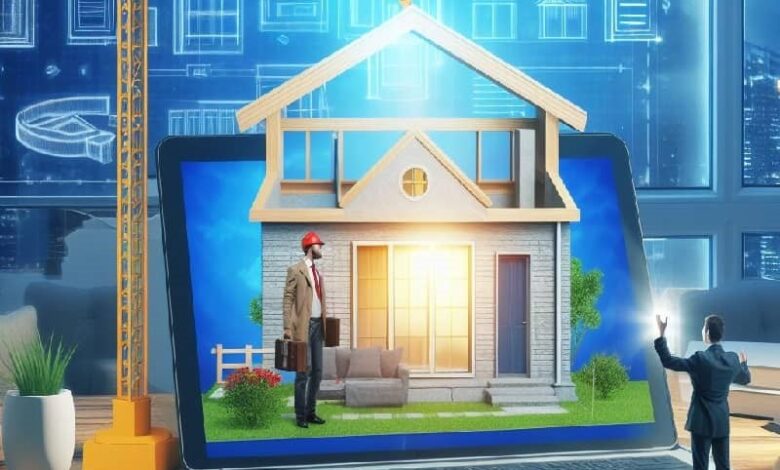News
Prefabricated Housing Construction: Advantages and Challenges

Prefabricated homes have become an increasingly popular alternative to traditional construction for companies like Doug Construction LLC. These homes are built in modules in a factory and then assembled on site, which offers a number of advantages and challenges.
Advantages:
- Efficiency and speed: Prefabricated construction offers a faster and more efficient process compared to traditional construction. Prefabricated homes can be assembled in a matter of weeks or months, while traditional construction can take a year or more to complete. This efficiency in construction time can result in cost savings and faster delivery of the home to the homeowner.
- Precision and quality: Because they are built in a controlled environment, prefabricated housing allows for greater control over the quality of the final product. Modules are manufactured with precision and assembled with care, reducing the risk of errors and defects during the construction process. This ensures greater consistency and quality in the final housing structure.
- Sustainability: Comparing prefabricated and traditional building can reveal more sustainability. Prefabricated modules can be manufactured with recycled and energy-efficient materials, which helps reduce environmental impact. In addition, the manufacturing process in factories can generate less material waste compared to on-site construction.
- Cost: Prefabricated housing tends to be less expensive than traditional homes. The construction process is more efficient, which can result in lower labor costs. In addition, less expensive materials can be used in the manufacture of prefabricated modules, which can help reduce the overall cost of the home for the homeowner.
Challenges:
- Customization: Although prefabricated homes offer some degree of customization, they may have less flexible designs compared to traditional homes. This means that homeowners may have limited options in terms of customizing their home, which may not fully meet their specific needs or preferences.
- Transportation: One of the main challenges of prefabricated housing is transporting the modules to the construction site. This can be especially complicated in remote areas or areas with limited access, where transporting prefabricated modules can require special logistics and increase delivery costs.
- Permits: In some cases, obtaining the necessary permits to build a prefabricated home can be more complicated than for a traditional home. This may be due to local regulations or the authorities’ perception of this type of construction. Homeowners may face additional hurdles when trying to obtain the necessary permits for their manufactured housing project.
- Stigmatization: There is a certain stigma associated with manufactured housing, as some people consider it less attractive or durable than traditional homes. This stigma can influence public perception of manufactured housing and make it difficult to gain acceptance in certain markets or communities. However, with advances in design and technology, manufactured housing is gaining increasing acceptance and recognition for its benefits.
Bottom line:
Prefabricated housing offers a number of advantages over traditional construction, such as efficiency, quality and sustainability. However, there are also some challenges to consider, such as customization, transportation, permitting and stigmatization.



